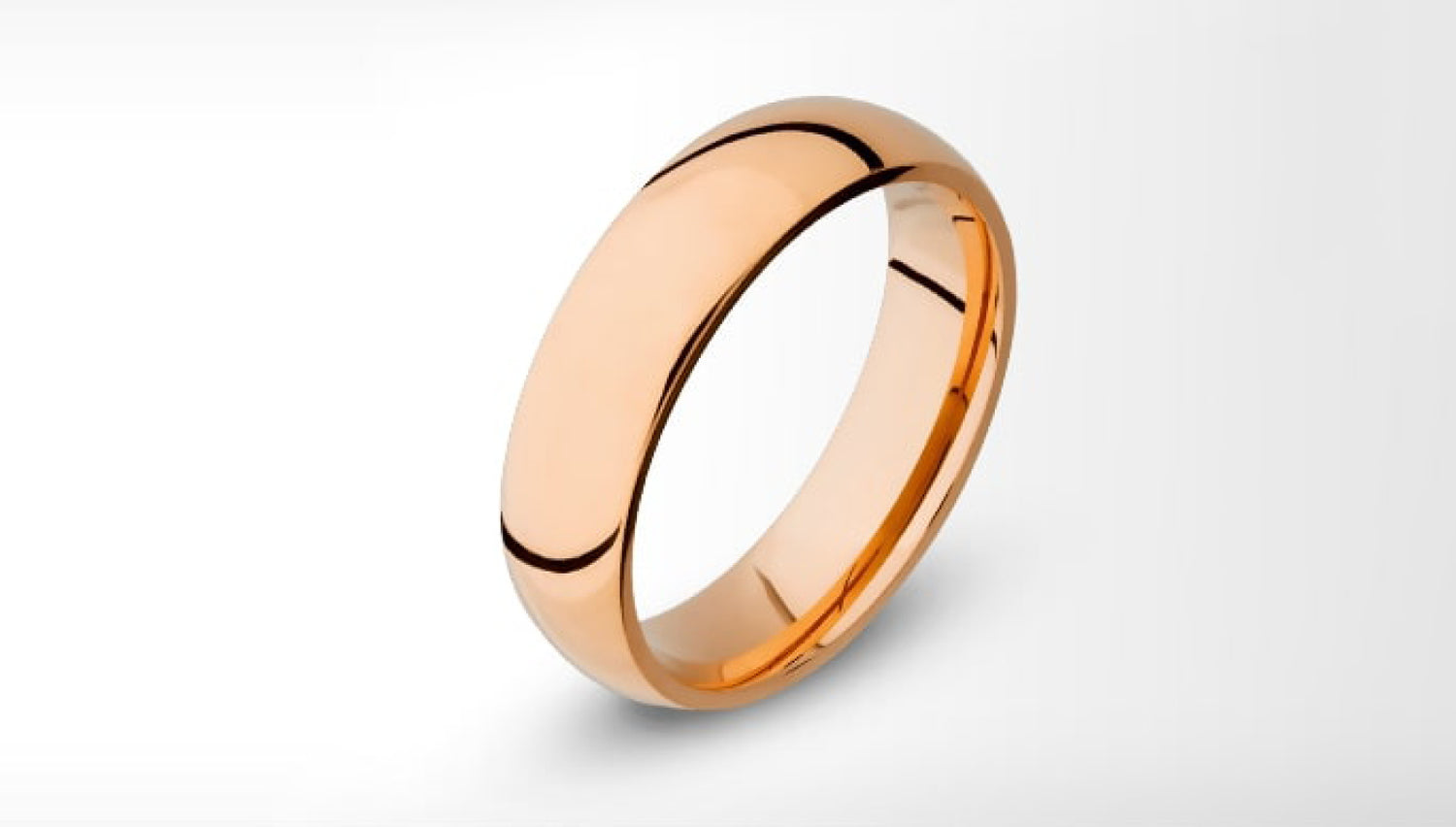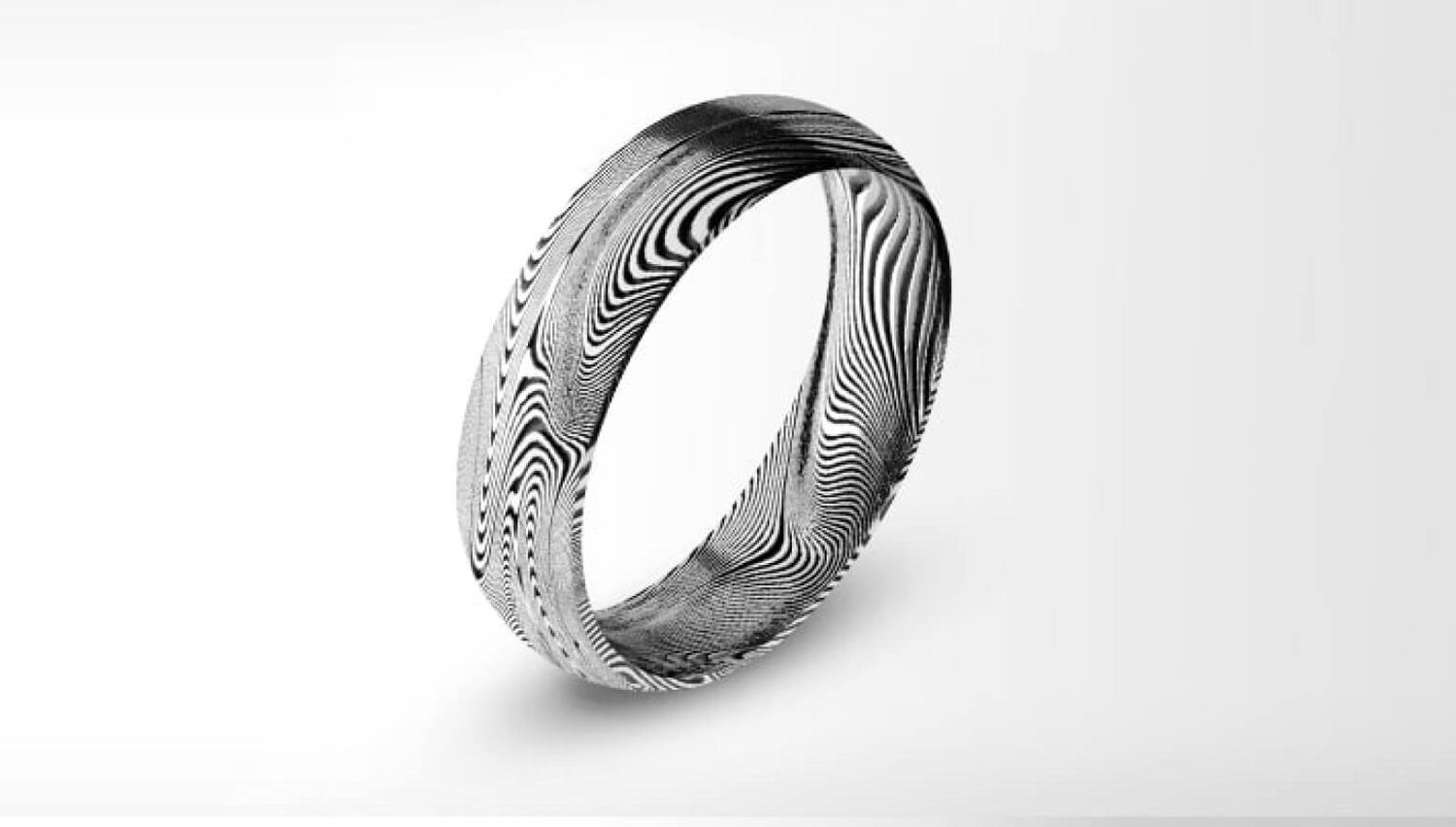Gold's unmistakable shine has captivated humanity for centuries, from ancient pharaohs to the California gold rush. It is the most malleable metal, easily formed into gold leaf, and can be drawn into non-corrosive wire. Pure gold is too soft for jewelry, so it is alloyed with other metals for strength and durability. Gold purity is measured in karats: 24 karat is pure, while 18 karat is 75% gold, and 14 karat is 58.3% gold with added alloys like copper, nickel, zinc, and silver.



































































